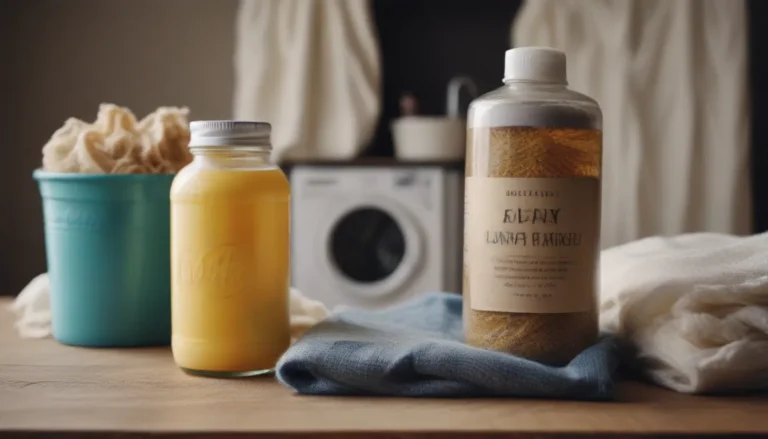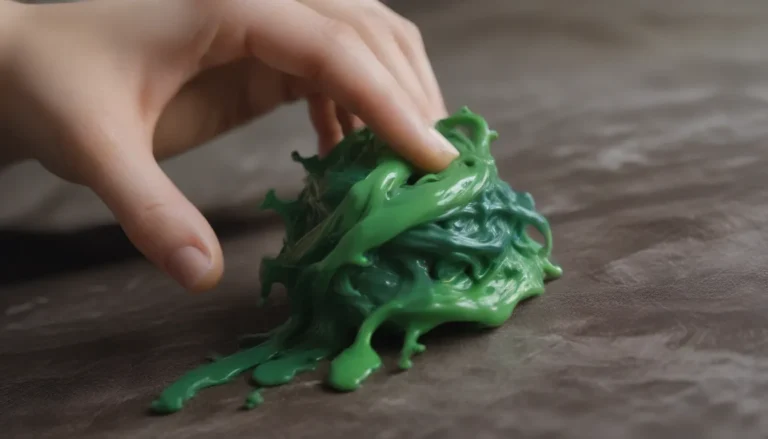How to Get Rid of Flour Mites Naturally: A Comprehensive Guide

Welcome to our in-depth guide on how to tackle flour mites, also known as grain mites, naturally and effectively. Dealing with these tiny critters might seem overwhelming, but with the right approach, you can successfully eliminate them from your kitchen and pantry for good. In this article, we will cover everything you need to know about flour mites, from what they look like to practical steps you can take to prevent future infestations. Let’s get started!
What Are Flour Mites and Where Do They Come From?
Flour mites are tiny pests that can be found in a variety of grain-based products, such as cereals, flours, dried fruits, and even pet foods. They belong to the family Acaridae and are typically pale in color, ranging from gray to white, with darker clawed legs. These microscopic critters can easily go unnoticed, making it challenging to spot them in infested products.
It’s essential to be vigilant when inspecting your pantry items, as flour mites can hitch a ride into your home through contaminated goods from the store. Their preference for warm temperatures and high humidity means they thrive in certain climates. To keep flour mites at bay, it’s crucial to identify and remove any potential sources of infestation promptly.
Signs of a Flour Mite Infestation
Spotting flour mites in your pantry can be tricky due to their size, but here are some signs to look out for:
- Tiny moving specks resembling dust on surfaces
- Infested items may exhibit signs of spoilage, such as strange odors or textures
- Presence of flour mites in bags of dried goods, especially those containing grains and seeds
If you suspect a flour mite infestation, it’s essential to take action to prevent further spread and damage to your stored items.
How to Get Rid of Flour Mites Naturally: 5 Effective Methods
When dealing with a flour mite problem, it’s best to opt for natural remedies to avoid the use of harsh chemicals. Here are five practical steps to help you eliminate flour mites from your kitchen and pantry:
1. Inspect, Identify, and Remove Infested Items
- Carefully inspect all pantry items for signs of infestation
- Remove and discard any products that show evidence of flour mites
- Consider storing new purchases in sealed containers to prevent reinfestation
2. Vacuum Up Pantry and Kitchen Messes Quickly
- Use a vacuum to clean up grain residue and flour spills in cupboards and drawers
- Avoid using soap and water, as it can create a paste that attracts flour mites
- Invest in a quality vacuum for effective pest control in your home
3. Store Your Dried Goods in Sealed Containers
- Choose containers with lids and airtight seals to keep flour mites out
- Organize your pantry items to prevent cross-contamination and infestations
- Regularly check for signs of flour mites in sealed containers and discard any contaminated products
4. Have a Plan to Avoid Flour Mites
- Inspect items before purchasing them at the store to prevent bringing home contaminated goods
- Rotate pantry goods to ensure items are used before they expire
- Keep an eye on your stored items for any signs of spoilage or infestation
5. Keep Flour Mites Away for Good
- Maintain a clean and organized pantry to deter flour mites and other pantry pests
- Monitor your pantry regularly for signs of infestation and take prompt action if needed
- Stay proactive by practicing good food storage and hygiene habits to prevent future infestations
By following these natural methods, you can effectively combat flour mites and safeguard your kitchen and pantry from future infestations.
Conclusion
In conclusion, dealing with flour mites requires a proactive approach to inspection, identification, and prevention. By implementing the natural methods outlined in this guide, you can effectively eliminate flour mites from your home and protect your stored goods from contamination. Remember to stay vigilant, practice good hygiene habits, and store your pantry items properly to keep flour mites at bay. With these tips and strategies, you can enjoy a pest-free kitchen and pantry for years to come.
References:
– Penn State Extension. “Flour and Grain Mites.” Accessed March 31, 2022. Link
– Clemmons, Elizabeth A, and Douglas K Taylor. “Booklice (Liposcelis Spp.), Grain Mites (Acarus Siro), and Flour Beetles (Tribolium Spp.): ‘Other Pests’ Occasionally Found in Laboratory Animal Facilities.” Journal of the American Association for Laboratory Animal Science : JAALAS 55, no. 6 (November 2016): 737–43.
– Mallis, Arnold, and Keith Story. Handbook of Pest Control. Cleveland, Ohio Franzak & Foster, 1982.





